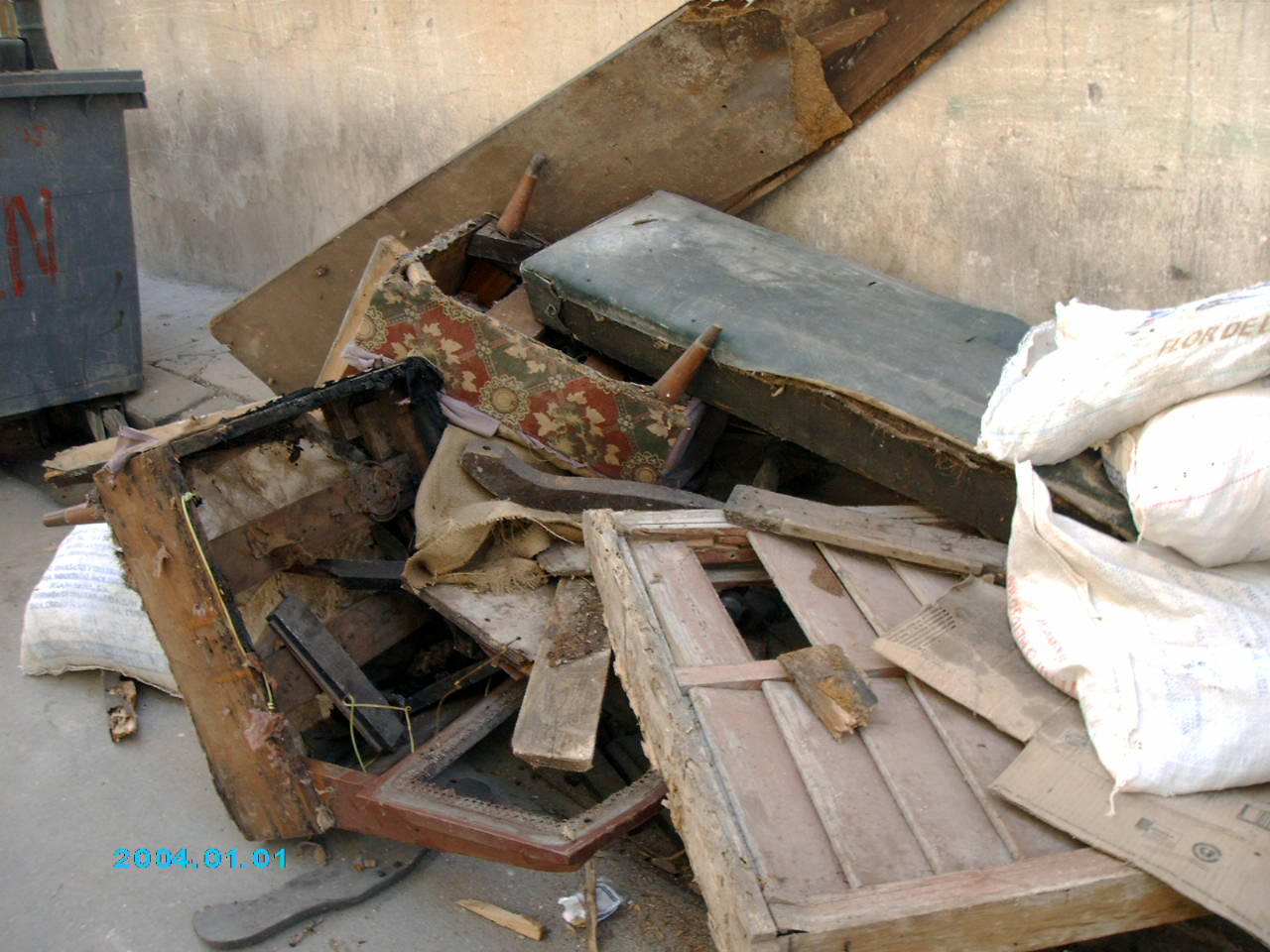What Is To Be Done?
By Veronica Fernandez

Just two days before this year’s May Day activities, two women from Argentina came to my job. From what they explained to me, they had wanted to visit Cuba for a long time and participate in the International Workers Day festivities, which as everyone knows are celebrated in many countries.
During that period I had been working long days that stretched from eight in the morning until seven at night, including Saturdays and Sundays. This was because the former Convent of Santa Clara de Assisi – the place where I work in Old Havana – was at that moment a side venue of the Havana Arts Biennial, in which renowned national and foreign visual artists participate.
I had the satisfaction of welcoming and assisting these two women, who were middle-aged religious workers, and talking with them for more than a half an hour. Evidently they felt a great affection and attraction for Cuba, but especially for this city, for its people. I felt proud that people such as them visited us and truly loved the place and the exhibition we had at that moment.
However, when they were leaving they told me, “We mustn’t go without making this point: It’s very sad that around this and many other sites in the historical heart of Old Havana – where so much effort and resources goes into restoring and preserving the magic of centuries – that the garbage in the streets offsets the charm of such beauty.”
One of them added, “Haven’t you seen the trash piled up on the corners around this monastery, which is the oldest and biggest in Cuba? How is it conceivable that in this place, a declared Cultural Patrimony of Humanity Site by UNESCO, these things happen?
I stood dumbstruck and unarmed. I told the visiting Argentine ladies that this was true, but that it was not always this way; in short, I began make excuses, knowing full well that they were absolutely right. They told me that they understood all this, but that they had walked through the entire area and that it was all flooded with garbage.
Around ten minutes after having said goodbye to them, I immediately went out with my camera to the corner, where I could witness what they were alerting me of. Indeed, on the very corner of Cuba and Luz streets, in Old Havana, I photographed one of the mounds of trash that are presented to the eyes of people touring this area.
Can we do absolutely nothing to improve this situation? Moreover, I wondered: if tourism is one of the main sources of income for the country, then why do these things happen?
The fact is that those of us who work daily with the public often hear these sorts of complaints. It reminds me of a book that was required reading in my university days: the well known writing by Vladimir Ilich Lenin, What Is to Be Done?

Estimada compatriota (por partida triple, por cubana, reglana de nacimiento-como yo-y vecinos -pues mi casa es en Alamar-) el asunto que tocas atañe a una dimensión necesaria de discutir y transformar en Cuba. El espacio público, que no es sólo el estado o la tierra de nadie, y sus dimensiones de incumbencia y afectación en nuestras vidas cotidianas. Y sobre todo como c…. aterrizar el ambientalismo , en vez de moda, en conducta de todos. Por cierto la Ley 88 de Medio Ambiente no ayuda, pues una persona no puede iniciar proceso a otro ciudadano u entidad si la afectación provocada por este al entorno no agrede directamente sus derechos personales. O sea, liberalismo puro….
me encantó tu texto, abrazos